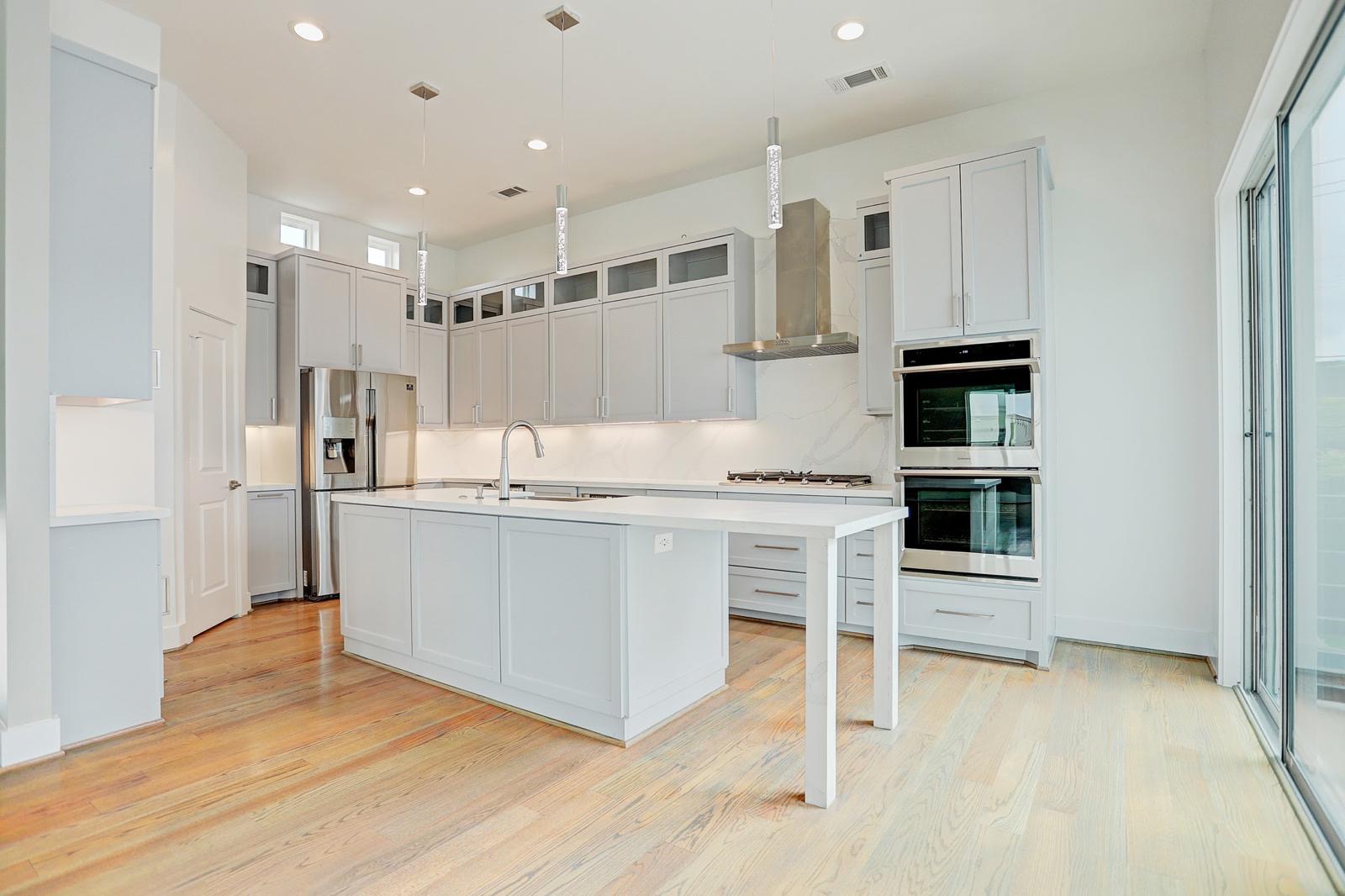
Maximizing Small Spaces: Expert Tips from Paz Renovations Aug 19, 2025
To begin the journey of maximizing small spaces, it's essential to reassess the purpose of each area. Prioritizing functionality over mere aesthetics is key. Start by identifying the primary uses of your space. For instance, if you're dealing with a small living room, determine if it needs to double as a workspace or a guest room. This understanding will guide your design choices and ensure that every square foot is utilized effectively.
One of the most impactful changes you can make is selecting multi-functional furniture. Pieces like sofa beds, extendable dining tables, and wall-mounted desks are perfect for saving space while keeping the room versatile. These smart furniture choices should be complemented with a strategic layout. Keep heavier items against the walls to open up floor space and create an illusion of a larger area.
Another crucial aspect of small space design is capitalizing on vertical space. Installing tall shelving units or cabinets allows you to store items vertically, freeing up precious ground space. Consider using floating shelves, which add storage without bulk. Additionally, tall mirrors can be strategically placed to reflect light and give the appearance of more space. Mirrors are not only functional but also add a touch of elegance and depth to any room.
Lighting plays a pivotal role in how spacious a room feels. Natural light should be maximized wherever possible, so avoid heavy drapes that block sunlight. Opt for light, airy curtains or blinds that can be easily drawn back. In rooms with limited windows, artificial lighting will become your best ally. Use layered lighting, including a mix of ceiling lights, floor lamps, and wall sconces, to create a warm and inviting atmosphere that expands the room's perceived size.
Color schemes should also be carefully chosen when working with small spaces. Light, neutral colors can make a room feel airy and open. Whites, soft greys, and pastels are excellent choices. If bold colors are essential to your design vision, consider using them as accents rather than the main palette. Accent walls or colorful decorations can provide interest without overwhelming the room.
Organization is non-negotiable in small spaces. Clutter easily disrupts the harmony of a compact area, so efficient storage solutions are necessary. Use baskets, bins, and drawer organizers to keep items neatly tucked away. Develop a routine for decluttering regularly, ensuring that the space remains functional and visually appealing.
Finally, personal touches are what truly make a house feel like home. Incorporate personal elements like family photos, artwork, or travel souvenirs to add character without crowding the space. Remember, the goal is to reflect your personality while maintaining balance and simplicity.
In conclusion, maximizing small spaces involves a thoughtful blend of functionality, efficient design strategies, and personal style. With these expert tips from Paz Renovations, you're well on your way to creating a small sanctuary that feels just right. Whether it's through smart furniture selection, effective use of light, or strategic storage solutions, every choice enhances your environment. Embrace the potential of your small space, and transform it into something remarkable.
/filters:no_upscale()/media/b5fca5e3-e73d-4415-ac5f-e0875a52b413.jpeg)